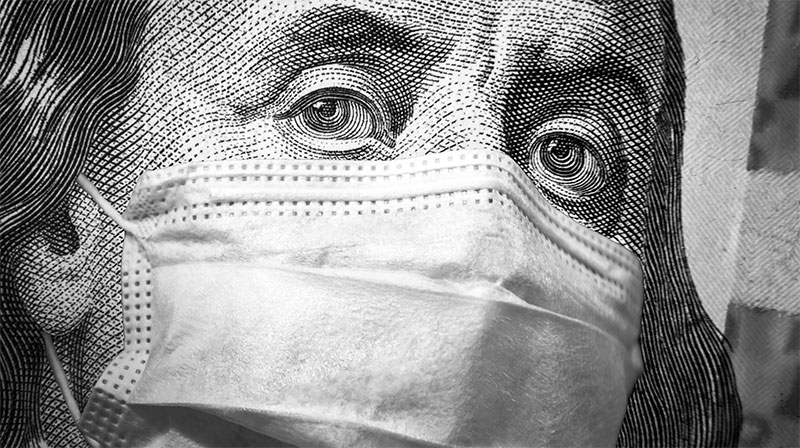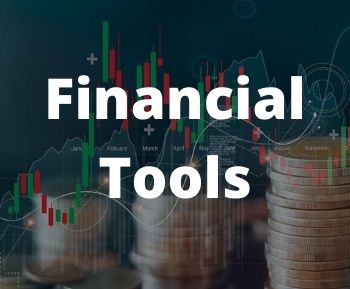
Like many of you, we have been reading, watching and listening to a wealth of material on the current environment. To supplement this, we have also been having discussions with industry experts, c-suite executives, small business owners, colleagues, friends and family. What follows is an attempt to synthesize this information in an accessible way that is hopefully interesting and useful to others.
The Pandemic
There is a great diversity of opinion on where we are in relation to the unfolding of the COVID-19 outbreak, when the economy should be re-opened, how it should be done, and the near-term future direction of the stock market. No one, no matter how sure or confident they may sound, knows exactly how all of this will unfold over the next twelve months. There is no precise timeline on our trajectory but there are some guideposts that can serve as a framework for making decisions.
Directionally, we know what is needed:
- A continued flattening (and eventual downslope) of the coronavirus curve.
- Public health readiness – this includes having the capacity in our heath care system to cope with the caseload and having the appropriate health guidelines drafted, put in place, communicated and followed.
- Private sector readiness at all size levels – the safety of employees and customers, a game plan to prevent and mitigate the spread of the virus, increased capacity and broader availability of testing, and sufficient production and distribution of personal protective equipment (e.g. masks) until we have effective antiviral remedies and ultimately, an effective vaccine available in large quantities.
Until we get to the downside of the curve and progress is made on the medical treatment front, the reopening of the economy will be regional, selective and gradual with guidance from various health authorities. As an example, California took a North American leadership role when it publicly outlined six critical indicators that will guide the state’s thinking when considering how and when how to modify its stay-at-home order until a time that herd immunity is eventually reached. We have since seen other similar public announcements from other jurisdictions.
The path forward will be nuanced. Most jurisdictions will be dealing with phased programs that require successive milestones to be met before proceeding to each subsequent phase.
The Economy
Government mandated shutdowns have resulted in deep and widespread job losses with a correspondingly negative impact on the global economy. Combined with the speed and depth of stock market declines and the partial dysfunction in key fixed income markets, this has induced a massive fiscal and monetary response around the world. Lessons learned from the financial crisis of 2008/09 have resulted in governments and central banks, including the Bank of Canada and the Federal Reserve in the United States, to act swiftly and on an unprecedented scale. Taken together, government and central bank action are intended to protect the health and finances of their respective citizens and countries. From an economic standpoint, the objective is to lay the foundations that will allow the economy to push through this pandemic and to mitigate broad and lasting structural economic damage. Fortunately, commercial banks are currently much stronger and significantly better capitalized in North America than they were in 2008. This time around, they can assist in solutions rather than being part of the problem, particularly in respect to the transmission of money.
Stated another way, the extraordinary actions of the governments and central banks are intended to:
- Alleviate the cash crunch being experienced by many.
- Provide a bridge to a partially reopened economy by channeling cash to areas most in need and having the greatest impact.
- Boost confidence by easing financial conditions to allow/encourage fear to recede.
So far, these actions have had the desired effect on the markets. It remains to be seen if the desired effect on “Main Street” will be accomplished. A lot will depend on the size of the hole created by shutting down large parts of the economy. Ray Dalio of Bridgewater & Associates estimates the reduction to national income will amount to $20 trillion on a worldwide basis and $5 trillion in the U.S. In other words, the $21 trillion U.S. economy may lose almost a quarter of its economic output over the next 12 months. He further notes, however, that U.S. monetary and fiscal action announced to date total in excess of $6 trillion (including $2.3 trillion from the federal government). In addition, both the fiscal and monetary authorities have indicated that they continue to have more firing power available and will do “whatever it takes” to push through this. From a systematic perspective, success will also depend on the effective transmission and execution of the announced programs by expediently placing money quickly into the hands of those who need it most.
We now know that even after we get through the first phase of dealing with this pandemic, the virus has a “long tail” and will not be defeated until we have a vaccine or proven treatment both effective and widely available. Until then, we will likely limp along from an economic perspective. The key questions are how long the slump will last, how long it will take for activity to return to prior levels as measured by the Gross Domestic Product (GDP) and how we get there.
The Markets
Using the S&P 500 as a proxy for the U.S. stock market and based on closing prices, stock prices fell 35% from their February 19th peak to their March 23rd trough. As of this writing on April 19th, they have since recovered approximately 30% from that trough, leaving the market down by 15% from its all-time highs and down 11% from 2019 year end levels.
Markets normally recover ahead of the economy for a number of reasons. For one, huge increases in the money supply by the central banks generally provide additional liquidity to the markets in the first phase and for another, stock markets tend to discount the future and look 6 to 12 months ahead. At this juncture, it seems probable that, in terms of economic output, the world will be operating at a higher level in one year’s time than it is today.
Historically and usually over a period of months, a bear market will commonly follow a three-part script:
- A big waterfall.
- A rebound or sideways market.
- A retest of the waterfall lows before beginning a sustainable march upward.
We have seen Act 1, are living Act 2 and may see Act 3, or not. On the positive side, the extreme response from the monetary and fiscal authorities may take us down a different path, and the lows may not be tested. The great promise of a vaccine, however, may not come to fruition in the currently anticipated 12 to 18 month time frame. Time will tell. Be prepared for a bumpy ride as we progress through the next phases of the current environment.
Stocks in the market generally fall in unison at the outset of a bear market but rise in a varied fashion during the recovery. A sorting process typically ensues whereby the markets judge which businesses are likely to survive and prosper, not only for the next 12 months but also over the next 5, 10 and 20 years. Long-term investors who are able to tolerate large price swings in the near-term should fare well in the years to come. Security selection will be the key.
Please email or call us should you have any questions or thoughts about your investment portfolio. May you keep healthy and remain safe.
Best Regards,
Tyson Charlebois





